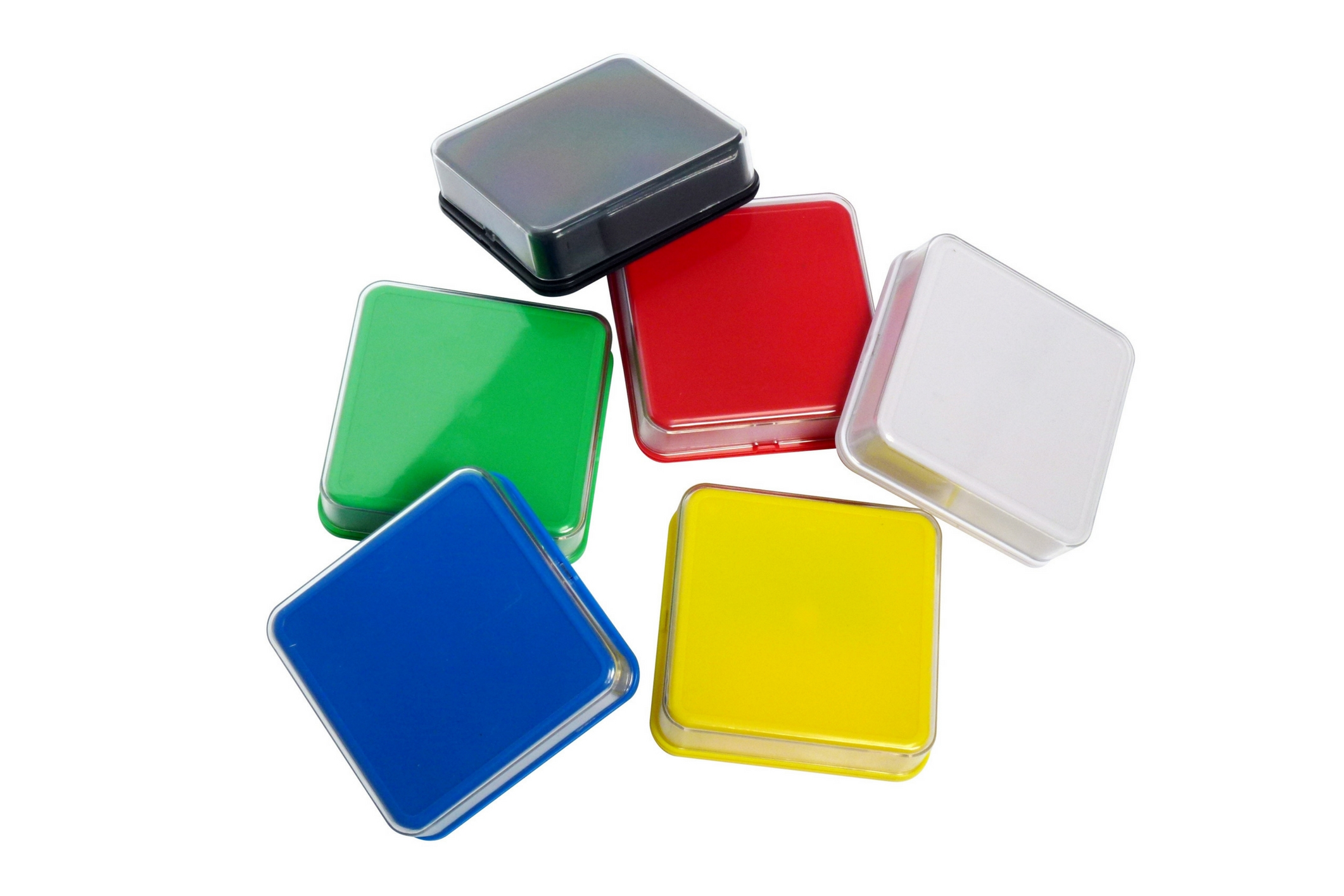BLOG


HOW CAN ADAPTIVE TECHNOLOGY HELP CHILDREN WITH SPECIAL NEEDS
Technology has often been called the great equalizer or the great democratiser, and it is easy to see why. Technology has enabled people to perform feats that simply would not have been possible without it. In no sector is this impact of technology more visible, and arguably more human, than in education, especially when it is used to help children with disabilities.Adaptive technology helps children make significant improvements in areas that might have otherwise been impossible to rectify.
The ultimate tragedy in itself, children with disabilities is a heart wrenching truth of life. These disabilities include physical, cognitive or sensory impairments that prevent the child from fully accommodating the whole wide world to his or her faculties. Adaptive technology for children is derived from assistive techniques and equipment gleaned from adults, but is specially modified to accommodate the unique aspects of children that the original implementation might not include.
It is best when individuals are shown how to best use the abilities that they do possess in order to overcome their disabilities. Adaptive technology aids this process and also compensates for some crucial gaps in ability that might not be possible to bridge otherwise. Technology is used to overcome disabilities that prevent children from participating fully in their school and community along with their peers. While most clearly obvious for physical disabilities and impairment of the hearing or visual faculties, disabilities in learning, cognition and perception need to be addressed as issues of equal importance. Often brushed aside as “laziness” on the part of the child, learning disabilities are very real, and technology can indeed help with this issue.
Adaptive technology complements, improves or maintains the natural functionality if individuals with disabilities. These technologies may be as simple as grips (that teach children, usually those with inability to exert fine motor control over their digits, to hold small objects like pencils) and breathing tubes (that prevent the throat and airway from collapsing in children with degenerative muscle disorders) to high tech computer equipment like voice synthesizers, brain computer interfaces and controlled motion devices like wheelchairs or electric arms.
The purpose of these aids is not well defined
A single piece of technology can be used in a variety of ways. In children with muscle disorders, technology might focus on continuous exercising of the atrophied muscle groups in an attempt to maintain, if not improve, functionality. For children with learning disabilities technology might exploit other functional senses, for example, a child who has poor visual acuity might be offered audio books as an alternative instead of the traditional corrective approach.
The use of Adaptive technology can lead to significant improvement in the quality of life experienced by the concerned individual later on in life; children are adaptive beings by design, they might not be as receptive to technological aids in later life. by helping them get a leg up from a tender age, the chances of them maximizing their opportunities to overcome their weakness, is enhanced.

